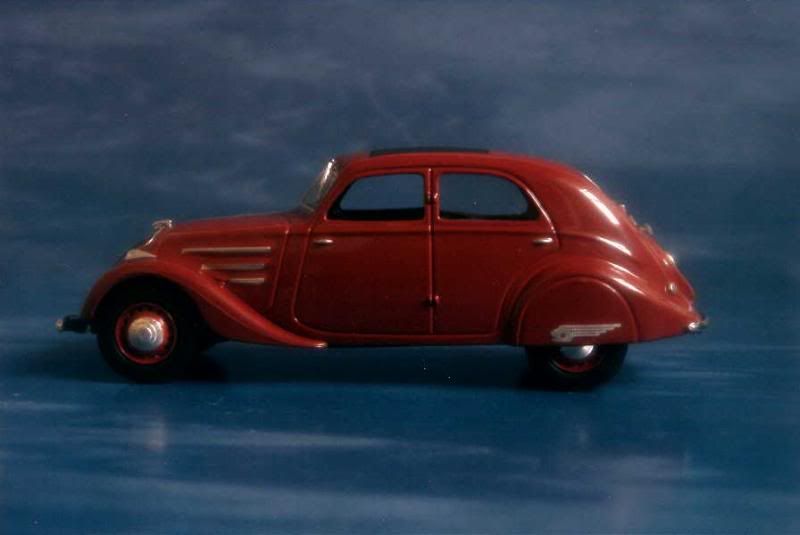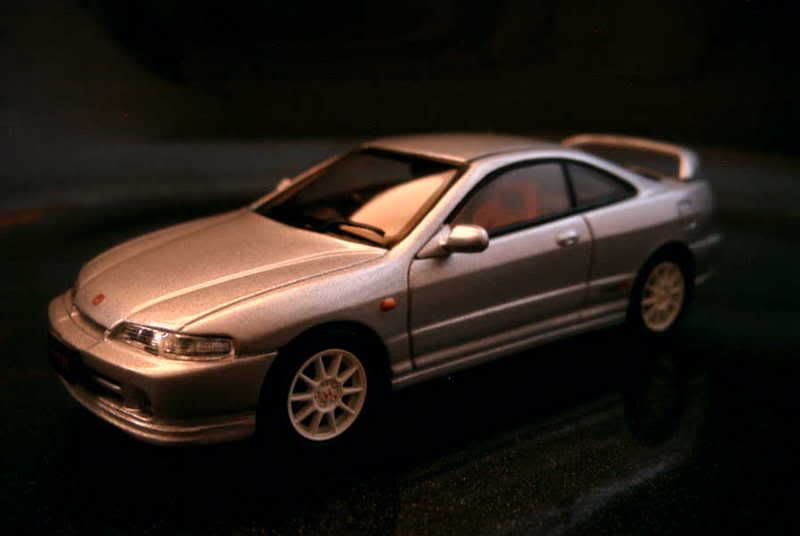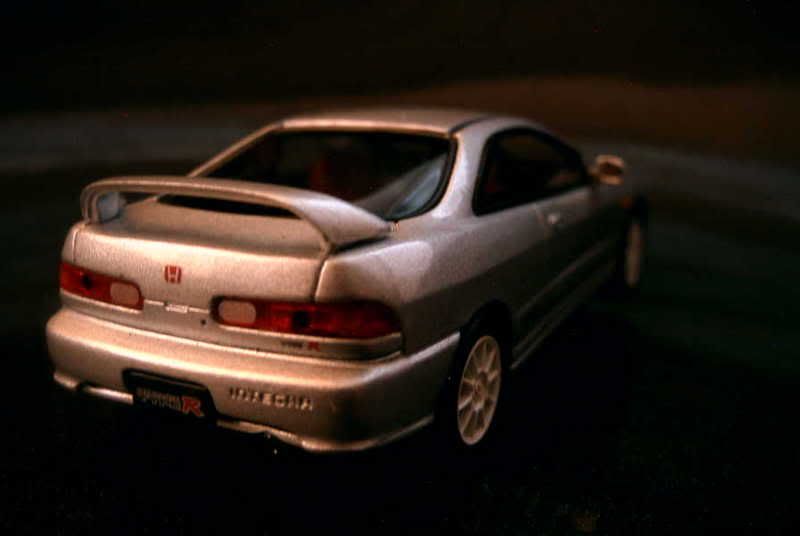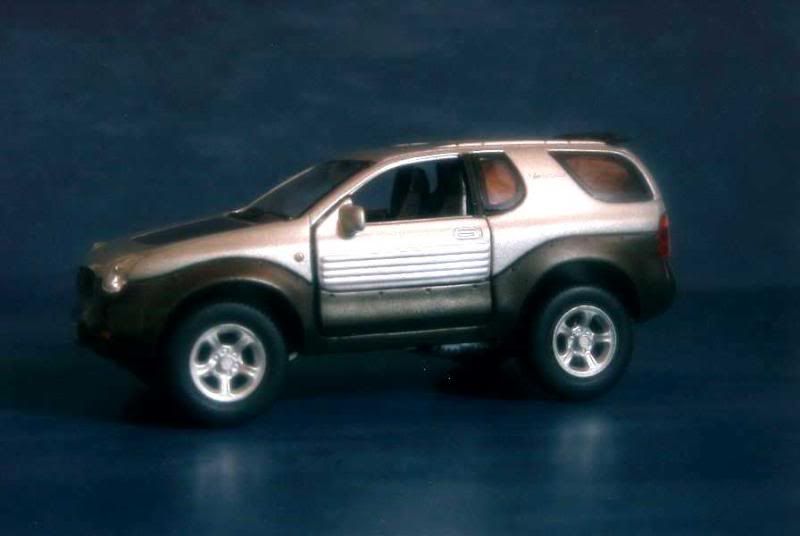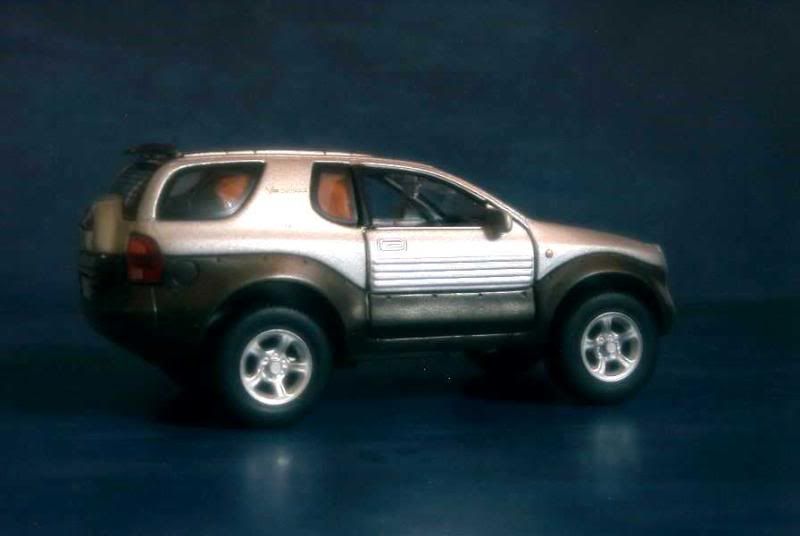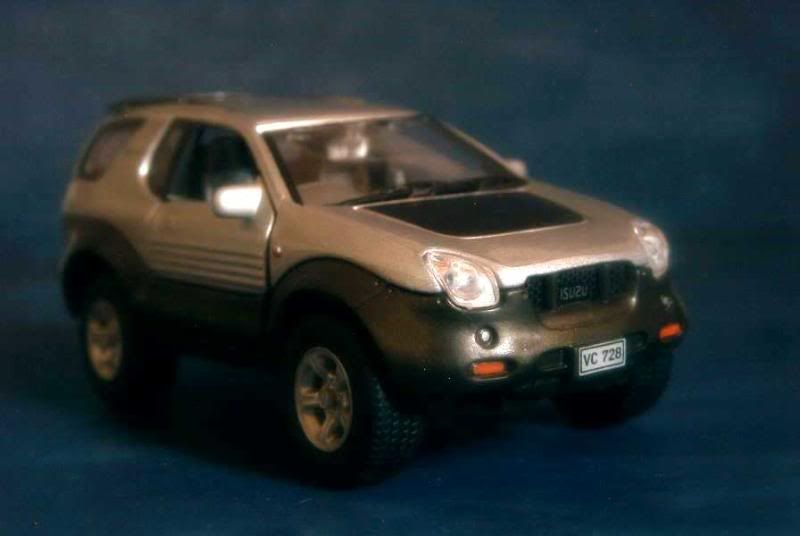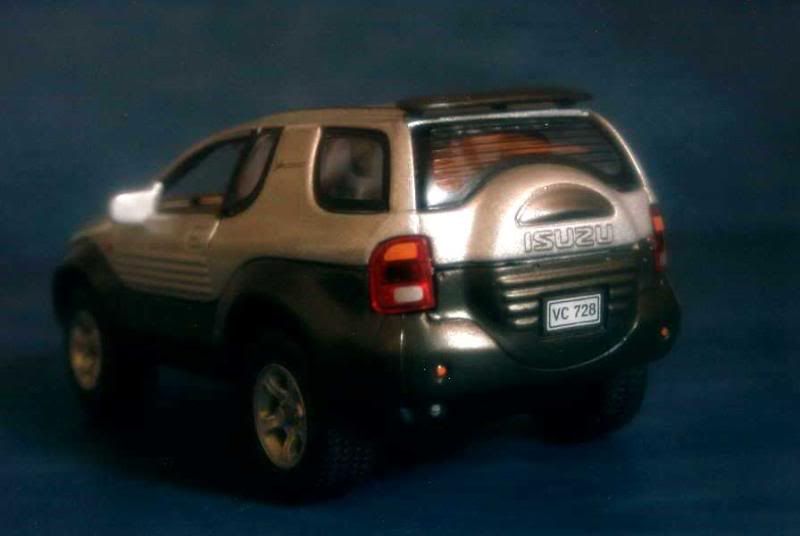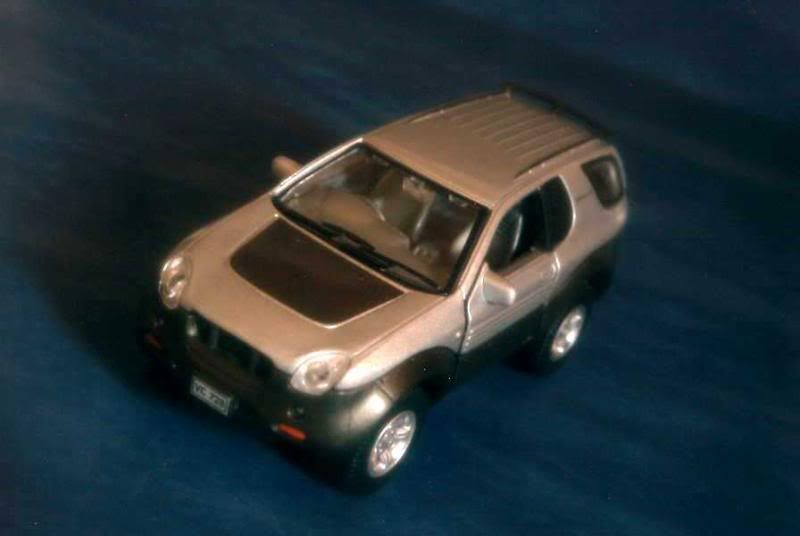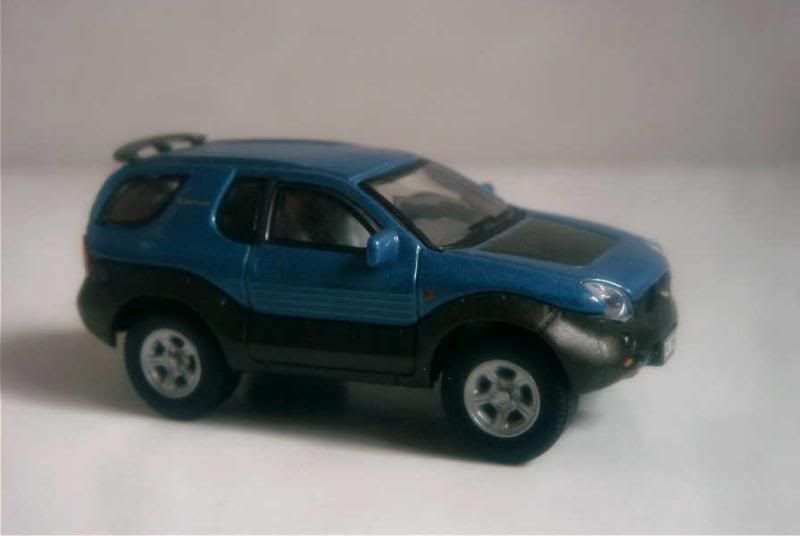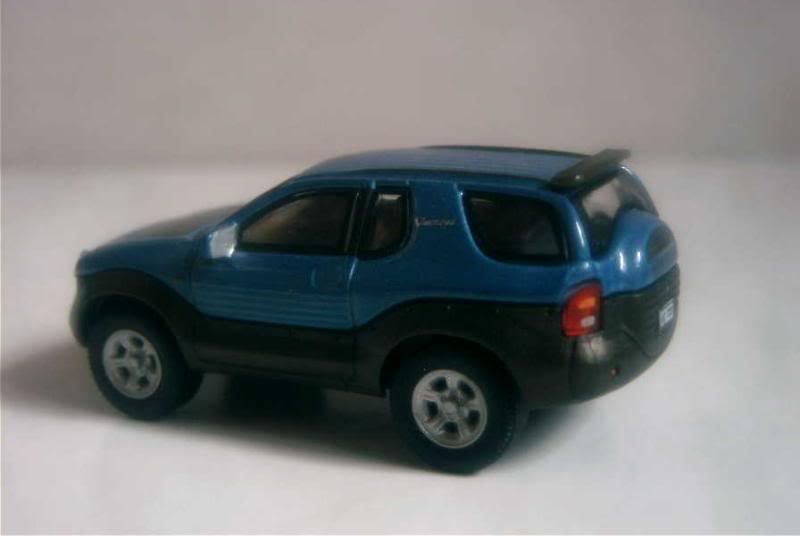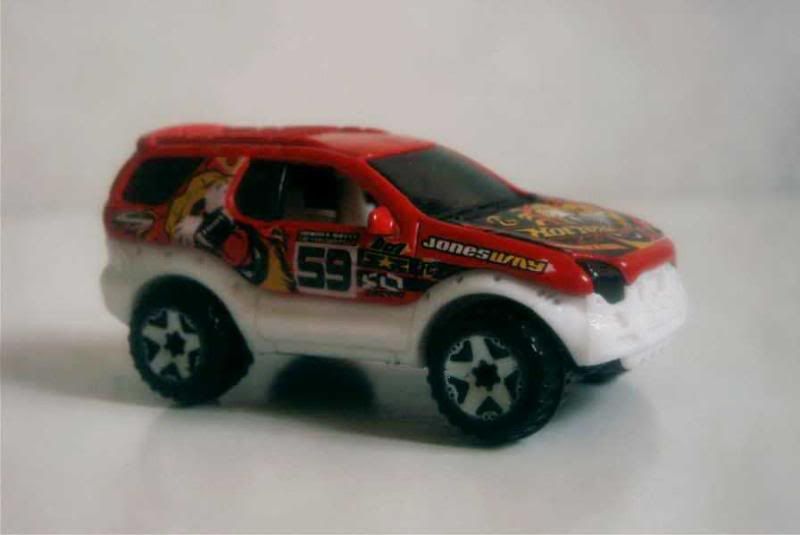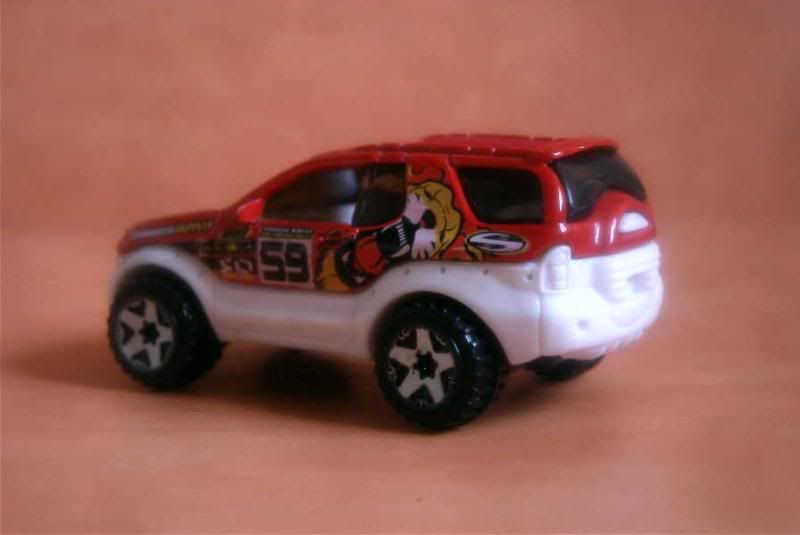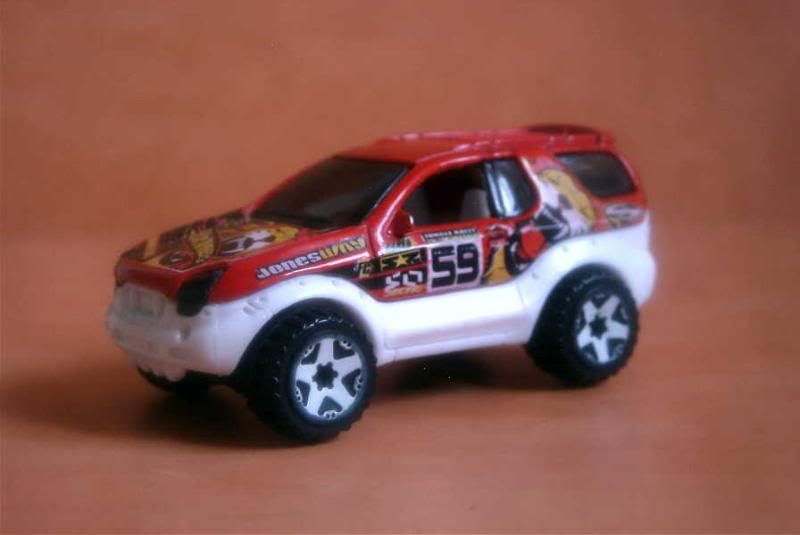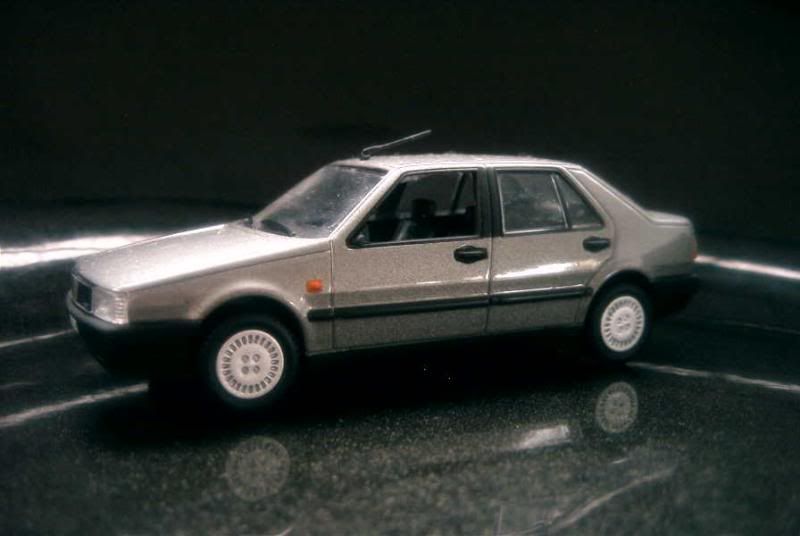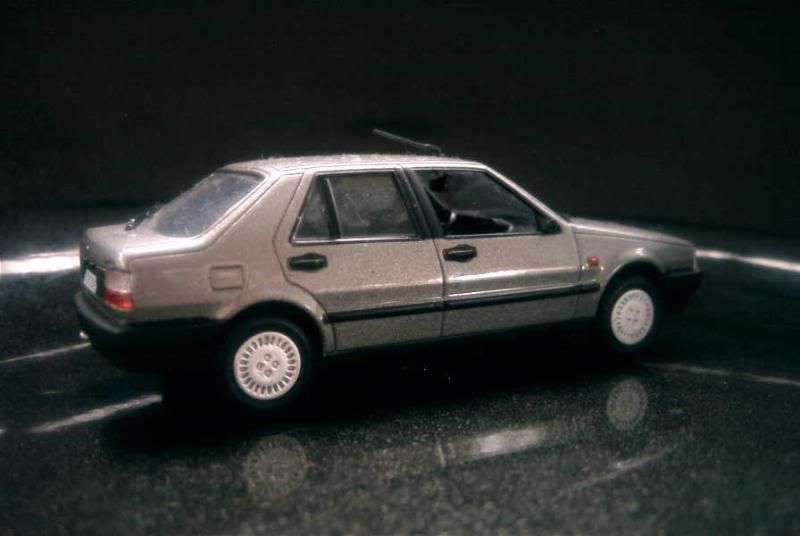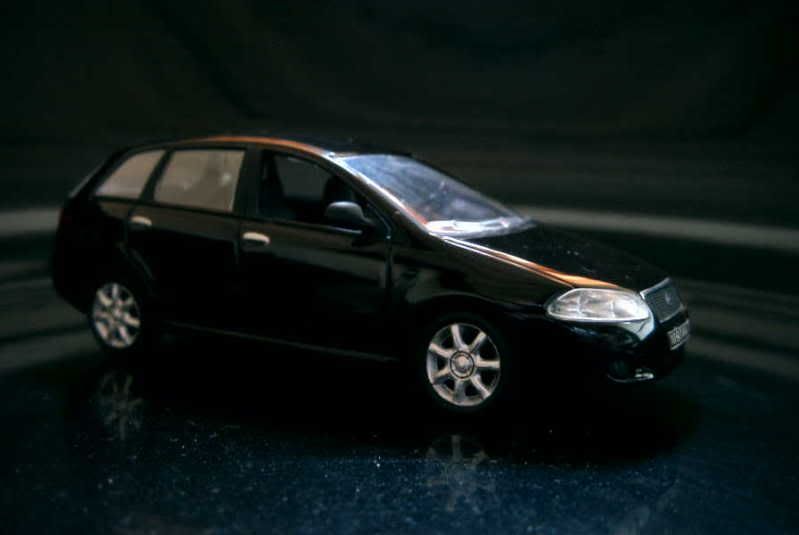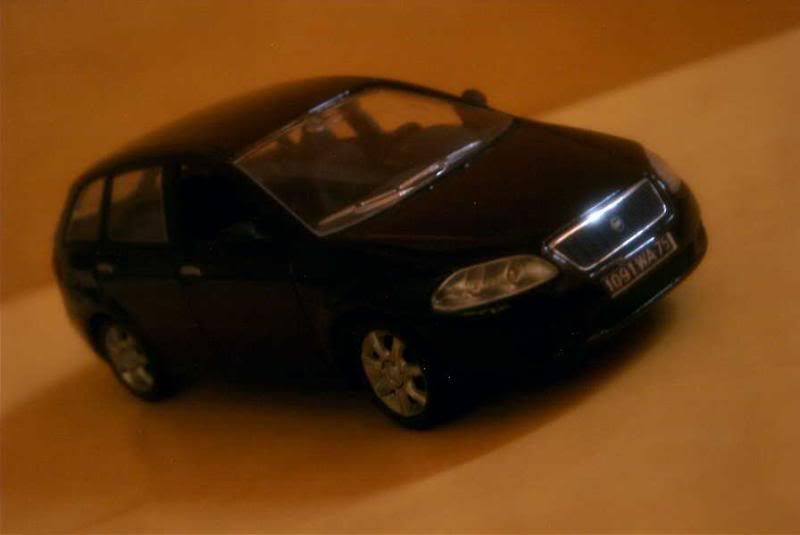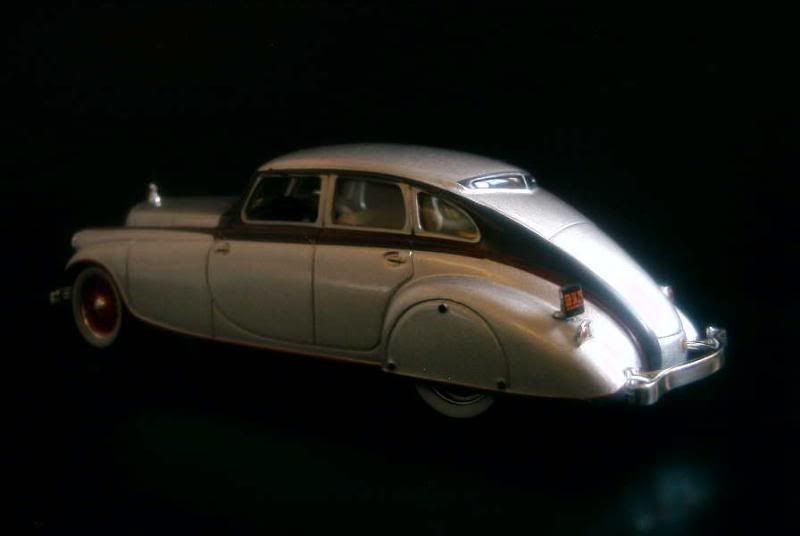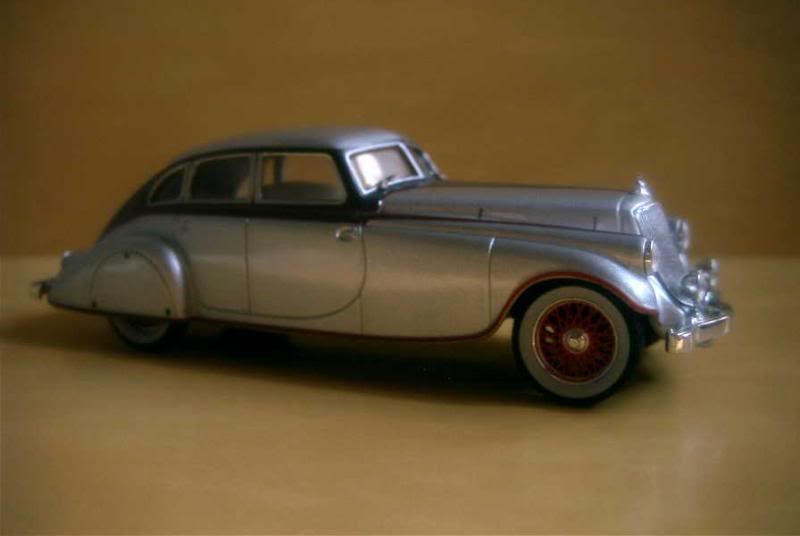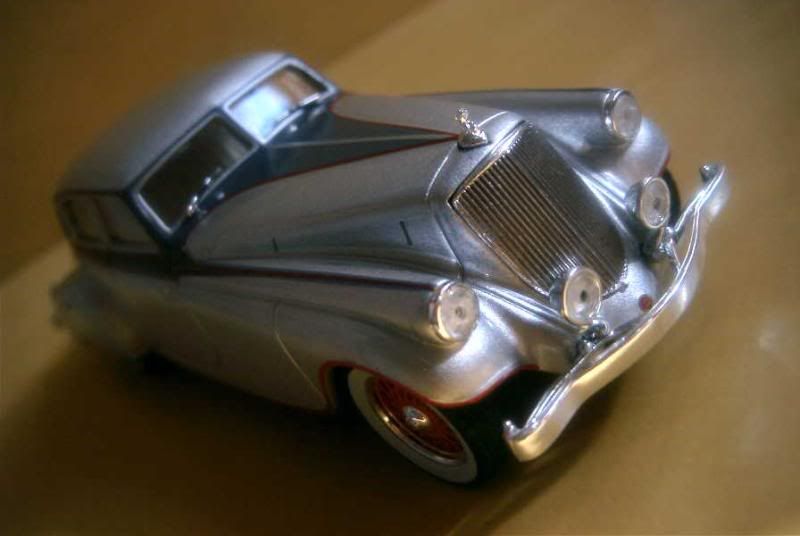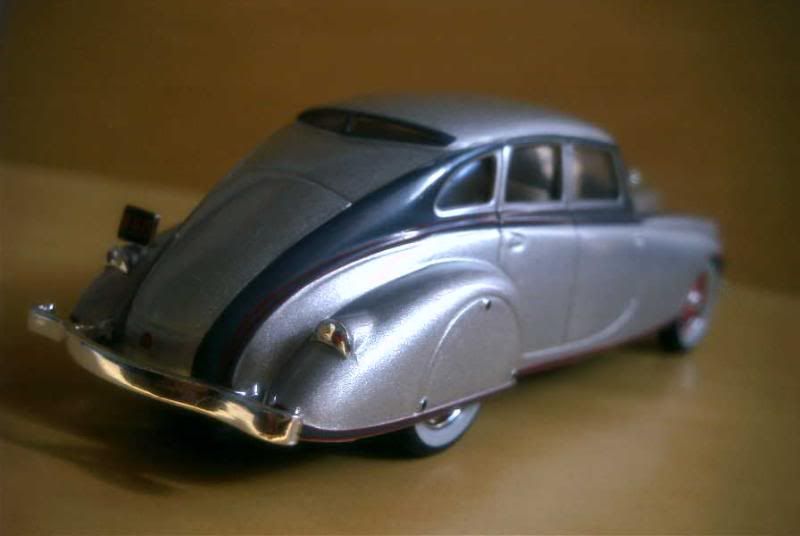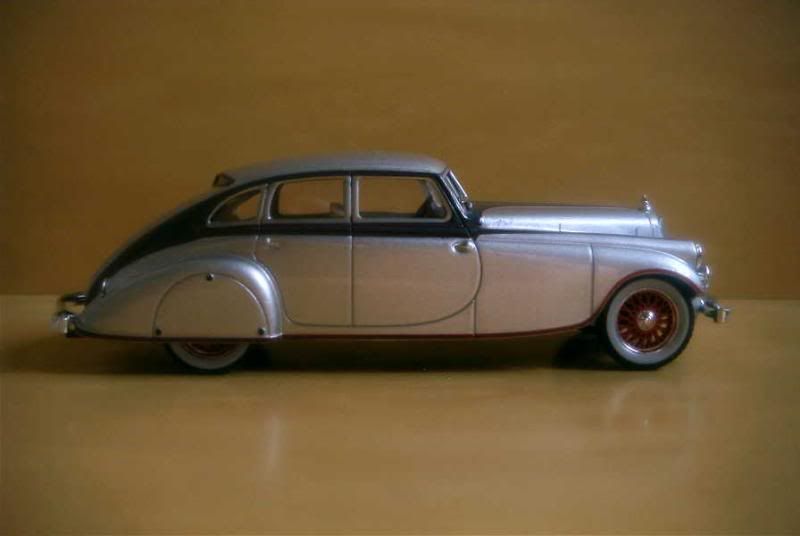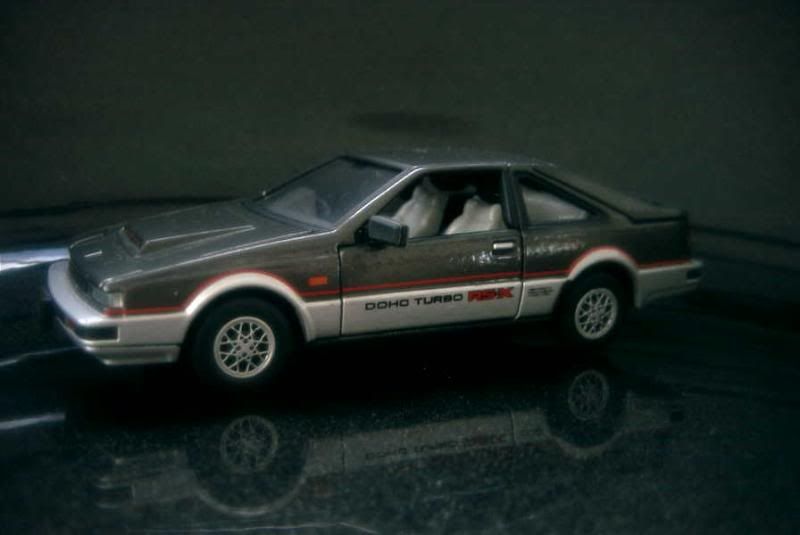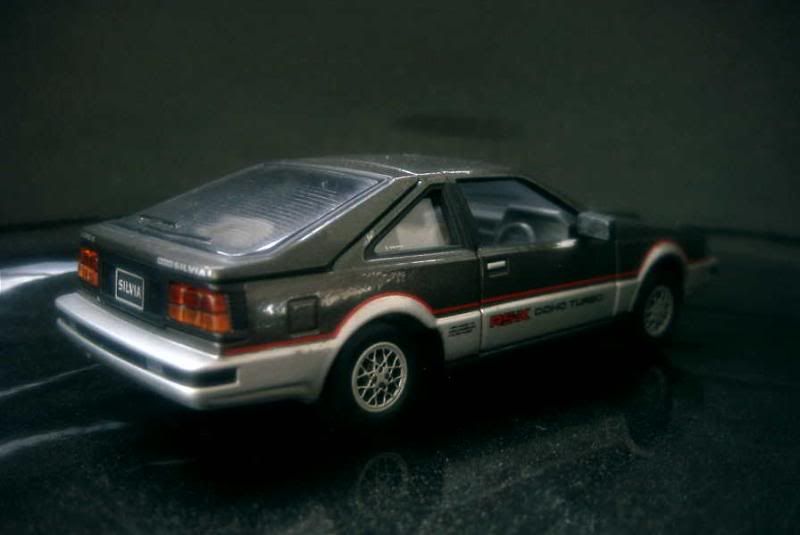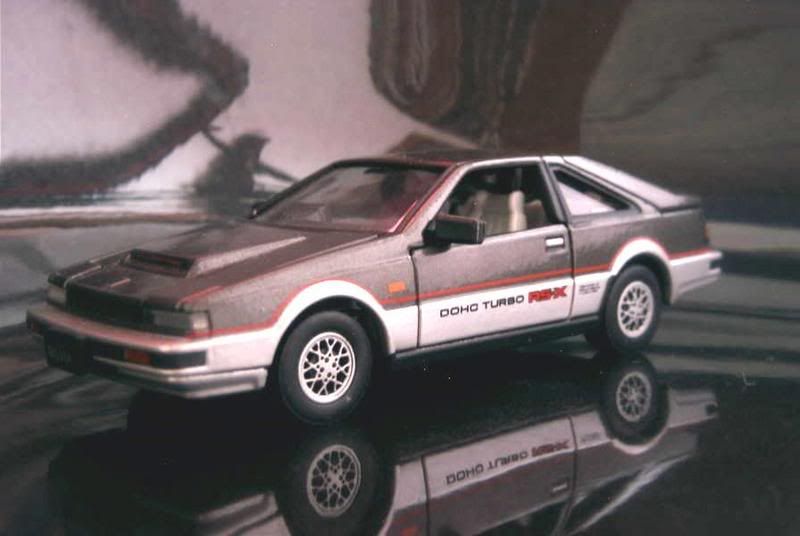A little history
While for many years the XJ was the only saloon available from Jaguar, it has not always been so. During the Sixties, the posh and fast 420 was supplemented by a smaller model, the iconic Mark II. Between the two even stood an S-Type, which borrowed from both models and seems now the least remembered model of this period. The XJ put an end to this confusion by replacing all these cars in 1968.
By the Nineties, Jaguar’s salon had grown larger, so arose the need for a smaller alternative. Though the name S-Type was resurrected, the new car owed much to the Mark II, borrowing from its glorious ancestor many design cues inside and out, most notably the typical front grille and the overall rounded body. As Jaguar was then owned by Ford, the S-Type’s platform was shared with some of Fomoco’s American products. On standard S-Types, a 3.0-litre V6 engine drove the rear wheels. After the car’s introduction during the 1998 Birmingham motor show, new engines were added, including a smaller 2.5-litre V6 and a 2.7-litre diesel. An “R” variant was added in 2002; with a supercharged 4.2-litre V8 good for 400 hp, it allowed thrilling performances – not bad for the car’s image as the mainstream V6-powered S-Types suffered from lacklustre performances, a shameful trait for a Jaguar.
With the presentation of the new XF at the 2007 Frankfurt motor show, the days were numbered for the S-Type. Indeed, the car was gradually replaced after the XF went on sale during the spring of 2008 and, for model year 2009, was gone for good.
About the models
Model: Jaguar S-Type
Year: c.1998
Maker: Maisto
Scale: 1/43
Distributed by: Maisto, “Classic Collection” series
Acquired: brand new, in April 2004, in Manila, Philippines
A nice model considering the price. The passenger compartment in particular has been carefully reproduced, including a lovely steering wheel. My rating is 13/20.
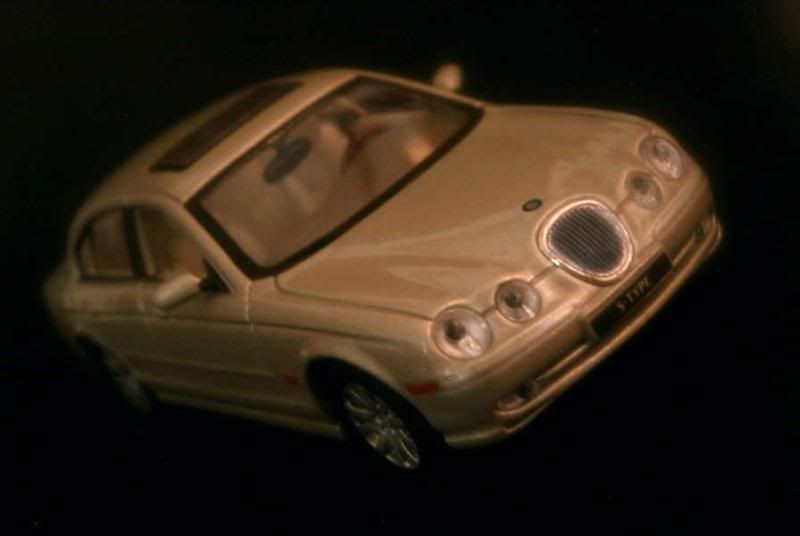

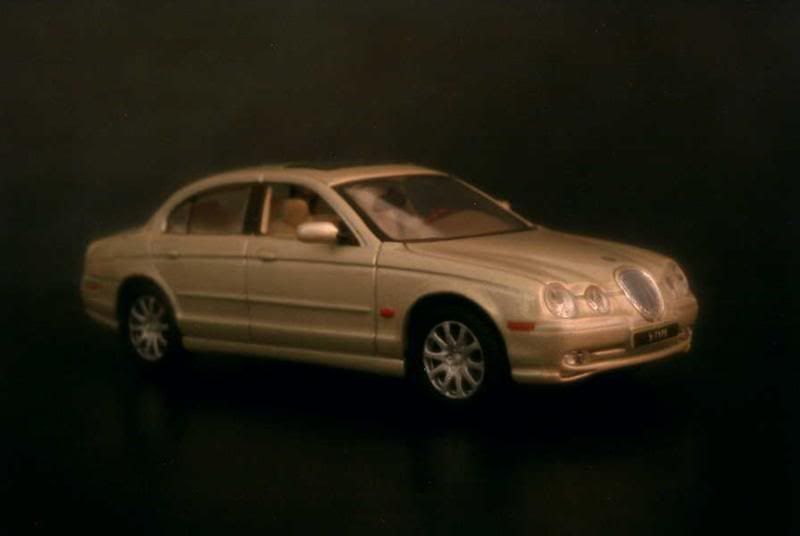

Model: Jaguar S-Type
Year: c.1998
Maker: Hongwell
Scale: 1/43
Distributed by: Cararama
Acquired: brand new, in January 2005, in Manila, Philippines
The same S-Type is also proposed by Hongwell/Cararama as an even cheaper alternative. In all respects though the Maisto, though far from perfect, is superior to this model, to which I cannot give more than 8/20.
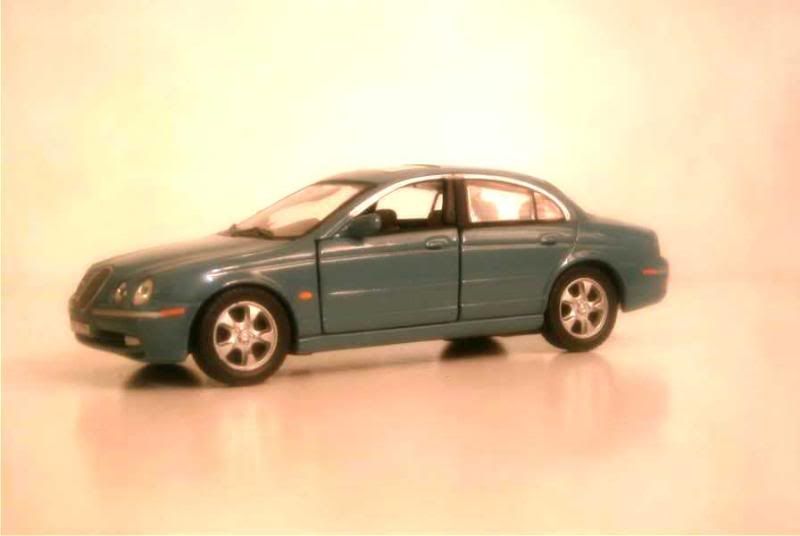
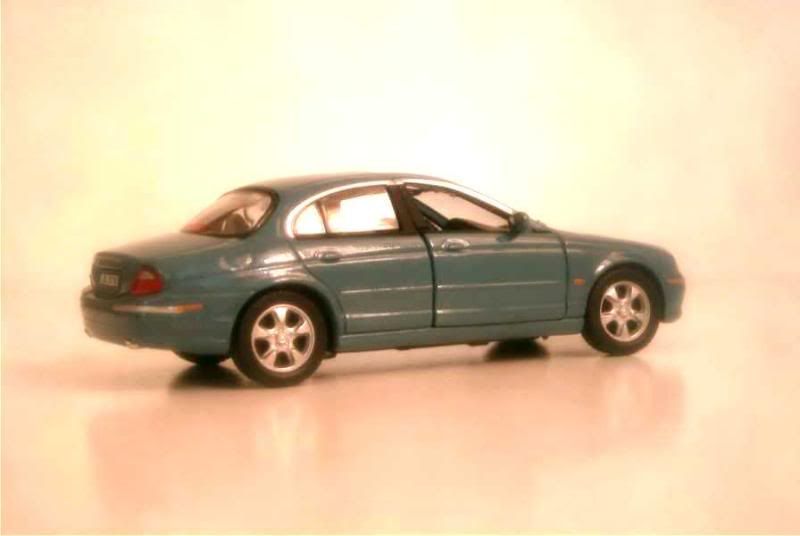
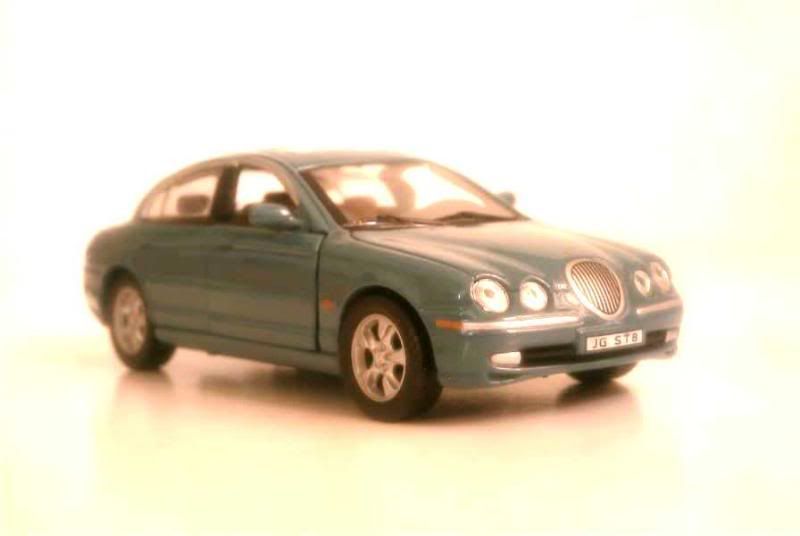
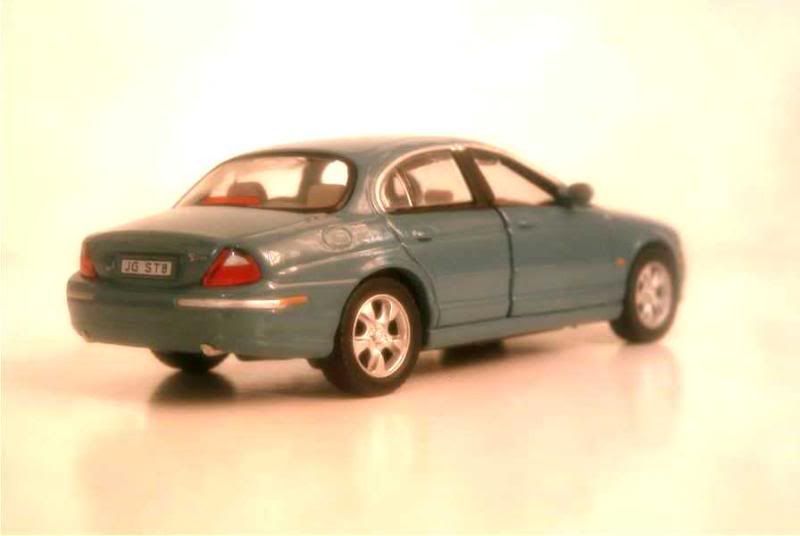
Model: Jaguar S-Type
Year: c.1998
Maker: Hongwell
Scale: 1/72
Distributed by: Cararama
Acquired: brand new, in November 2003, in Manila, Philippines
Hongwell also reproduced the S-Type in 1/72 scale. The result is good enough this time to be given a 12/20.
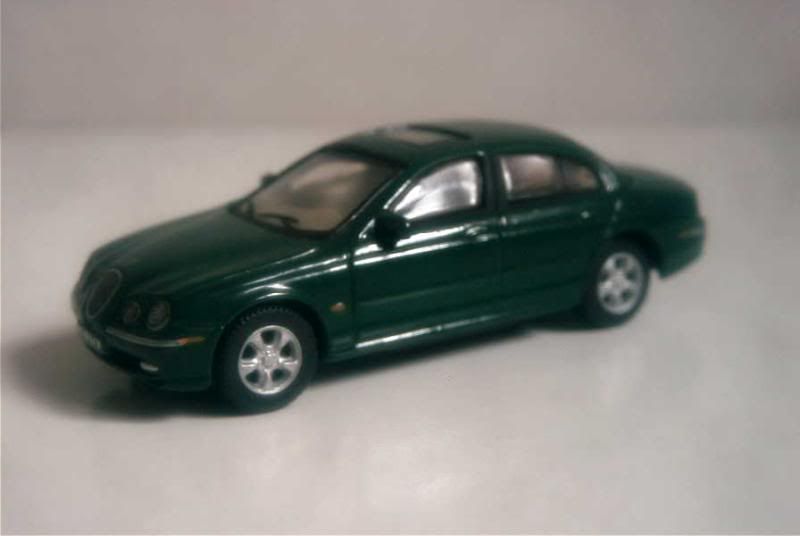
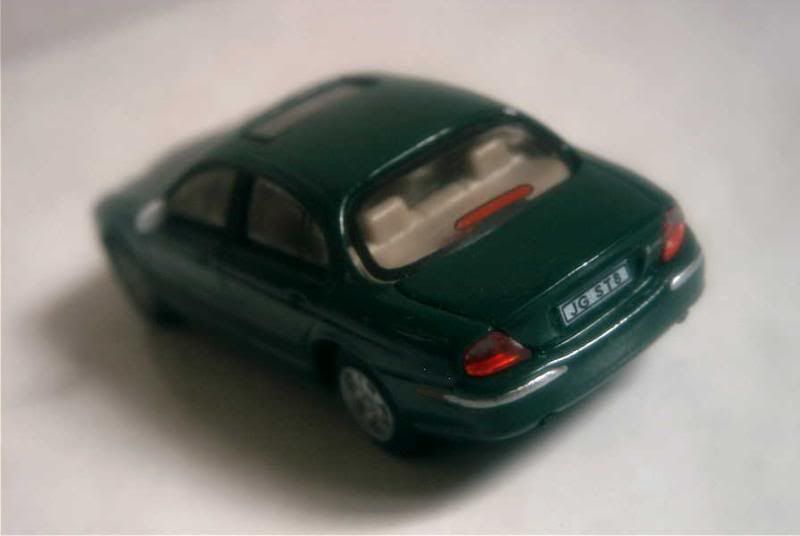
While for many years the XJ was the only saloon available from Jaguar, it has not always been so. During the Sixties, the posh and fast 420 was supplemented by a smaller model, the iconic Mark II. Between the two even stood an S-Type, which borrowed from both models and seems now the least remembered model of this period. The XJ put an end to this confusion by replacing all these cars in 1968.
By the Nineties, Jaguar’s salon had grown larger, so arose the need for a smaller alternative. Though the name S-Type was resurrected, the new car owed much to the Mark II, borrowing from its glorious ancestor many design cues inside and out, most notably the typical front grille and the overall rounded body. As Jaguar was then owned by Ford, the S-Type’s platform was shared with some of Fomoco’s American products. On standard S-Types, a 3.0-litre V6 engine drove the rear wheels. After the car’s introduction during the 1998 Birmingham motor show, new engines were added, including a smaller 2.5-litre V6 and a 2.7-litre diesel. An “R” variant was added in 2002; with a supercharged 4.2-litre V8 good for 400 hp, it allowed thrilling performances – not bad for the car’s image as the mainstream V6-powered S-Types suffered from lacklustre performances, a shameful trait for a Jaguar.
With the presentation of the new XF at the 2007 Frankfurt motor show, the days were numbered for the S-Type. Indeed, the car was gradually replaced after the XF went on sale during the spring of 2008 and, for model year 2009, was gone for good.
About the models
Model: Jaguar S-Type
Year: c.1998
Maker: Maisto
Scale: 1/43
Distributed by: Maisto, “Classic Collection” series
Acquired: brand new, in April 2004, in Manila, Philippines
A nice model considering the price. The passenger compartment in particular has been carefully reproduced, including a lovely steering wheel. My rating is 13/20.




Model: Jaguar S-Type
Year: c.1998
Maker: Hongwell
Scale: 1/43
Distributed by: Cararama
Acquired: brand new, in January 2005, in Manila, Philippines
The same S-Type is also proposed by Hongwell/Cararama as an even cheaper alternative. In all respects though the Maisto, though far from perfect, is superior to this model, to which I cannot give more than 8/20.




Model: Jaguar S-Type
Year: c.1998
Maker: Hongwell
Scale: 1/72
Distributed by: Cararama
Acquired: brand new, in November 2003, in Manila, Philippines
Hongwell also reproduced the S-Type in 1/72 scale. The result is good enough this time to be given a 12/20.




